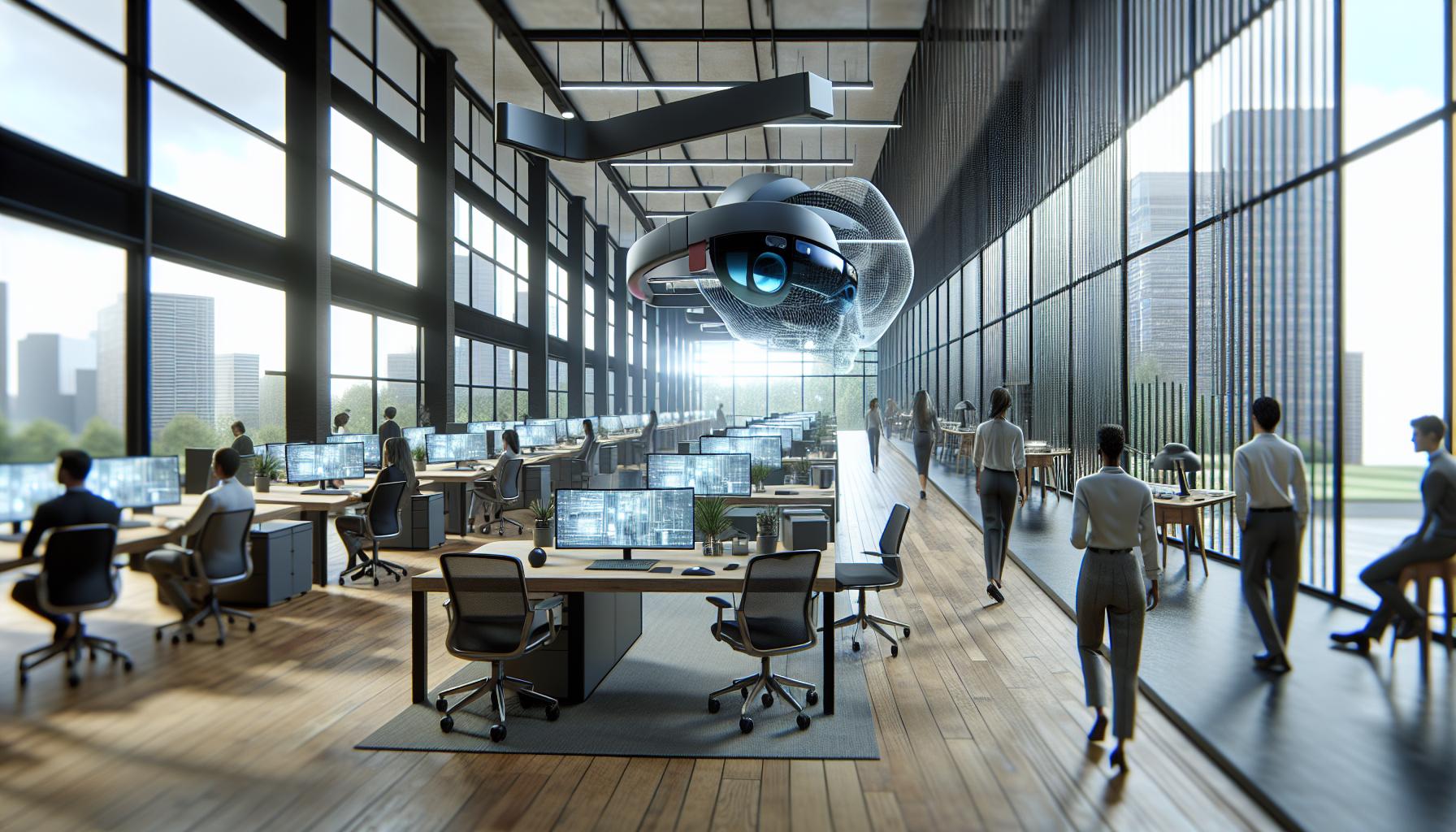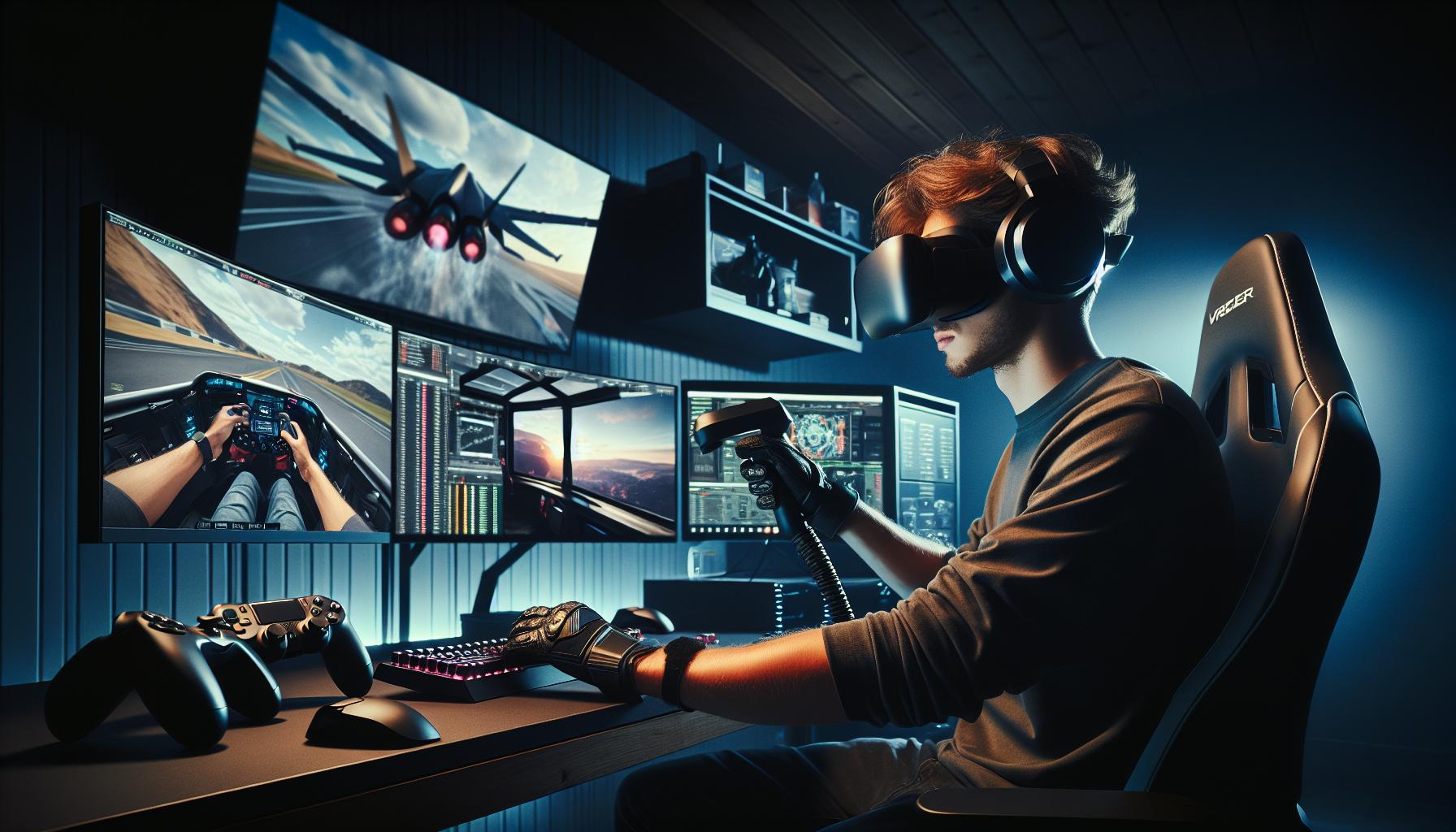Virtual reality gaming has exploded in popularity, leaving Xbox fans wondering if they’ve been left out of the immersive gaming revolution. While PlayStation and PC gamers dive into virtual worlds with their VR headsets, Xbox enthusiasts have been eagerly awaiting their turn to join the party.
Microsoft’s relationship with VR has been a bit like a complicated Facebook status – “it’s complicated.” Despite Xbox’s powerful gaming capabilities and Microsoft’s experience with mixed reality through HoloLens, the gaming giant hasn’t fully embraced virtual reality for its console lineup. Yet recent developments and rumors suggest this might not be the final word on Xbox VR.
Does Xbox Have Virtual Reality
Microsoft’s Xbox Series X/S consoles don’t support virtual reality gaming in 2024. Gaming Division Head Phil Spencer expressed skepticism about VR’s mass-market appeal, focusing instead on traditional gaming experiences.
Xbox’s approach to VR differs significantly from its competitors:
- PlayStation offers PSVR2 with 50+ compatible games
- Meta Quest provides standalone VR gaming experiences
- Valve Index delivers high-end PC VR capabilities
Microsoft maintains involvement in mixed reality through:
- Windows Mixed Reality platform for PC
- HoloLens enterprise solutions
- Azure cloud services for VR development
Recent partnerships indicate potential VR developments:
| Partner | Project Type | Status |
|---|---|---|
| Samsung | XR Hardware | In Development |
| Meta | Cloud Gaming | Active |
| OculusVR | SDK Integration | Rumored |
Internal Microsoft documents revealed plans for VR gaming features in future Xbox iterations. Patent filings show research into wireless VR technology specifically designed for console gaming environments.
The Xbox development team concentrates on:
- Enhanced graphics capabilities
- Cloud gaming infrastructure
- Cross-platform compatibility
- Game Pass subscription service
These priorities shape Xbox’s current gaming ecosystem without direct VR integration. Microsoft’s strategic focus remains on expanding Game Pass offerings through traditional gaming formats while monitoring VR market evolution.
Microsoft’s History with VR Gaming

Microsoft’s journey in virtual reality gaming spans over a decade, marked by experimental projects and strategic shifts in focus. The company’s approach to VR technology demonstrates both innovation and hesitation in bringing virtual reality to its Xbox gaming platform.
Previous VR Development Attempts
Microsoft initiated VR development in 2012 with Project Fortaleza, a canceled augmented reality glasses prototype for Xbox One. In 2015, the company partnered with Oculus to include Xbox One controllers with Rift headsets. The Windows Mixed Reality platform launched in 2017 featured partnerships with HP, Dell, Lenovo, Acer, Samsung producing VR headsets compatible with Windows 10 PCs. Microsoft’s Xbox VR prototype from 2018 remained unreleased due to concerns about display resolution, motion tracking limitations, and market readiness.
HoloLens Project Evolution
Microsoft introduced HoloLens in 2016 as an enterprise-focused mixed reality headset. The original HoloLens featured gesture controls, spatial mapping, voice commands for a $3,000 price tag. HoloLens 2 launched in 2019 with improved field of view (52 degrees), eye tracking, enhanced gesture recognition at $3,500. The U.S. Army awarded Microsoft a $21.9 billion contract in 2021 for military-grade HoloLens units. Microsoft shifted HoloLens development from consumer applications to enterprise solutions, focusing on industrial training, remote assistance, medical visualization.
| HoloLens Version | Release Year | Price | Key Features |
|---|---|---|---|
| HoloLens 1 | 2016 | $3,000 | Gesture controls, spatial mapping |
| HoloLens 2 | 2019 | $3,500 | 52° FOV, eye tracking |
Why Xbox Doesn’t Support VR Yet

Microsoft’s decision to hold off on Xbox VR support stems from multiple technical challenges and strategic considerations. The company’s focus remains on delivering traditional gaming experiences while addressing specific obstacles in VR implementation.
Technical Limitations
Xbox Series X/S consoles face several hardware constraints for VR integration. The current processing architecture prioritizes standard gaming performance over the specialized requirements of VR rendering. Graphics processing units (GPUs) require specific optimizations to handle the dual-screen rendering at high refresh rates necessary for comfortable VR experiences. Latency management systems essential for preventing motion sickness in VR applications aren’t integrated into the Xbox’s hardware design. The console’s existing wireless protocols lack the bandwidth capacity to transmit high-fidelity VR data without compression artifacts. Heat management systems designed for traditional gaming loads would need significant modifications to handle the sustained high-performance demands of VR processing.
Market Strategy Decisions
Microsoft’s market analysis indicates limited consumer demand for console VR experiences. The company tracks VR adoption rates across gaming platforms, showing only 2% of Steam users regularly engage with VR content. Xbox’s core strategy emphasizes traditional gaming experiences, Game Pass subscription services and cloud gaming initiatives. Production costs for VR-ready Xbox hardware would increase retail prices by an estimated 30%, potentially affecting the console’s competitive positioning. Internal research suggests Xbox users prioritize standard gaming features: higher frame rates, enhanced graphics and multiplayer capabilities over VR functionality. The development resources required for VR integration currently serve other priority areas like cloud gaming infrastructure and cross-platform compatibility.
Alternative VR Options for Xbox Gamers

Xbox enthusiasts seeking virtual reality experiences can explore several alternative platforms without switching their primary gaming ecosystem. These options combine Xbox gaming advantages with VR capabilities through creative solutions.
PC VR Gaming with Xbox Game Pass
Xbox Game Pass Ultimate subscribers access PC games through Windows computers compatible with popular VR headsets. Games like Microsoft Flight Simulator support VR modes when played on PC through Game Pass, enabling immersive experiences with devices such as Meta Quest 2 or Valve Index. The Xbox App for Windows connects gamers to their achievements, friends lists, and gaming communities while playing in VR. Cross-progression features let players maintain their progress between Xbox console and PC VR sessions in supported titles.
Third-Party VR Solutions
Multiple third-party applications bridge the gap between Xbox and VR platforms. Apps like Virtual Desktop stream Xbox games to VR headsets, creating a virtual big-screen experience. The Bigscreen Beta application displays Xbox gameplay in virtual theaters, supporting social viewing with other users. Virtual desktop solutions work with standalone VR headsets through local network connections, maintaining game performance while adding VR display capabilities. Meta Quest devices connect to Xbox consoles through streaming apps, offering virtual screen sizes up to 300 inches.
Future Possibilities for Xbox VR
Microsoft’s strategic positioning suggests multiple pathways for Xbox VR integration. Recent developments indicate a gradual shift in the company’s approach to virtual reality gaming on console platforms.
Rumored Development Plans
Internal Microsoft documents reveal active research into wireless VR technologies specifically designed for Xbox consoles. Patents filed in 2023 showcase innovative solutions for latency reduction, motion tracking improvements, and enhanced graphics processing capabilities tailored for VR gaming. The Xbox development roadmap includes provisions for VR compatibility in upcoming console iterations, with specifications allowing for 4K per-eye resolution at 90Hz refresh rates. Technical documents indicate progress on foveated rendering technology, which optimizes performance by focusing rendering power where players look. Microsoft engineers are exploring cloud-assisted processing methods to offset hardware demands for VR applications.
- Display technology optimization
- Motion control standardization
- Cross-platform content sharing
- Cloud rendering solutions
- Developer tool integration
The Current State of Xbox and Virtual Reality
While Xbox doesn’t currently support VR gaming the future looks promising. Microsoft’s recent partnerships strategic developments and patent filings suggest that VR integration might be on the horizon for future Xbox consoles.
Xbox gamers seeking VR experiences can explore alternatives through PC gaming with Xbox Game Pass Ultimate or third-party streaming solutions. As the VR gaming landscape continues to evolve Microsoft’s approach may shift based on market demands technological advancements and consumer preferences.
For now Xbox remains focused on delivering exceptional traditional gaming experiences while laying the groundwork for potential VR integration when the time is right.



